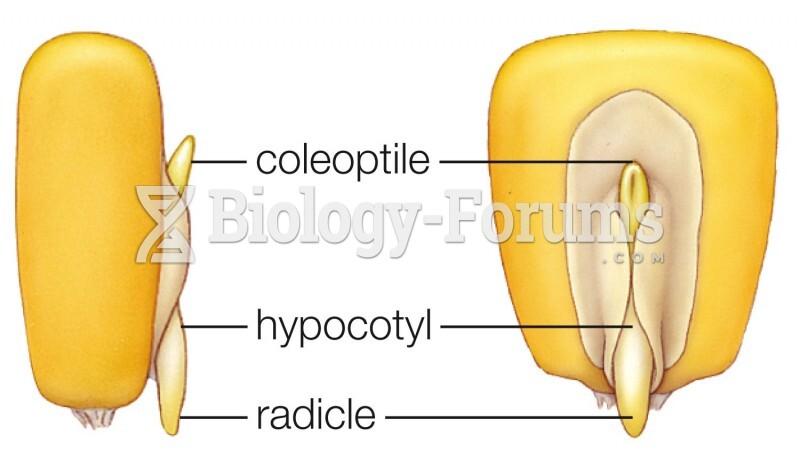Answer to Question 1
In the early 1960s, the U.S. Department of Defense began examining ways to connect computers to each other and to weapons installations distributed all over the world. Employing many of the best communications technology researchers, the Defense Department funded research at leading universities and institutes. The goal of this research was to design a worldwide network that could remain operational, even if parts of the network were destroyed by enemy military action or sabotage. In 1969, Defense Department researchers in the Advanced Research Projects Agency (ARPA) used this direct connection network model to connect four computersone each at the University of California at Los Angeles, SRI International, the University of California at Santa Barbara, and the University of Utahinto a network called the ARPANET. The ARPANET was the earliest of the networks that eventually combined to become what we now call the Internet.
E-mail was born in 1972 when Ray Tomlinson, a researcher who used the network, wrote a program that could send and receive messages over the network. This new method of communicating became widely used very quickly. As personal computers became more powerful, affordable, and available during the 1980s, companies increasingly used them to construct their own internal networks. Although these networks included e-mail software that employees could use to send messages to each other, businesses wanted their employees to be able to communicate with people outside their corporate networks.
In 1989, the NSF permitted two commercial e-mail services (MCI Mail and
CompuServe) to establish limited connections to the Internet for the sole purpose of exchanging e-mail transmissions with users of the Internet. These connections allowed commercial enterprises to send e-mail directly to Internet addresses, and allowed members of the research and education communities on the Internet to send e-mail directly to MCI Mail and CompuServe addresses.
Answer to Question 2
An internet (small i) is a group of computer networks that have been interconnected. In fact, internet is short for interconnected network. One particular internet, which uses a specific set of rules and connects networks all over the world to each other, is called the Internet (capital I). Networks of computers and the Internet that connects them to each other form the basic technological structure that underlies virtually all electronic commerce.








